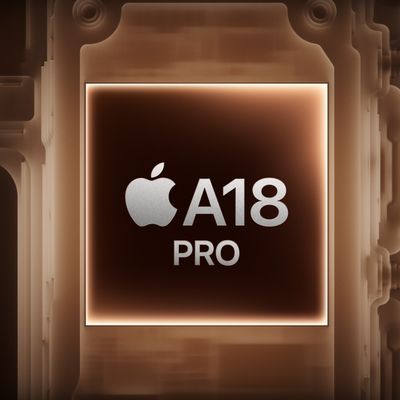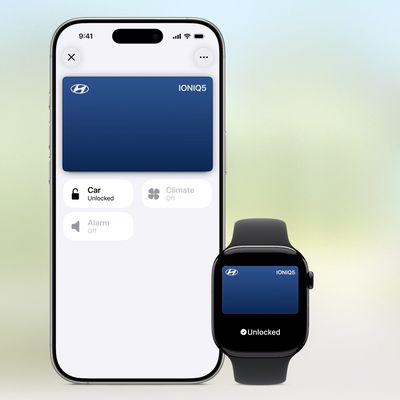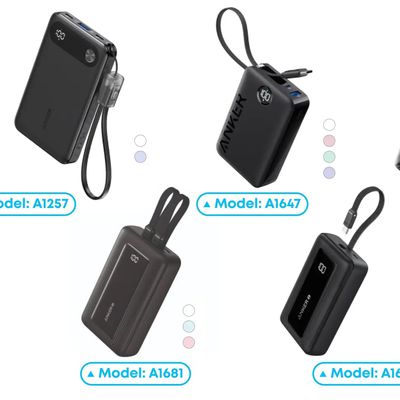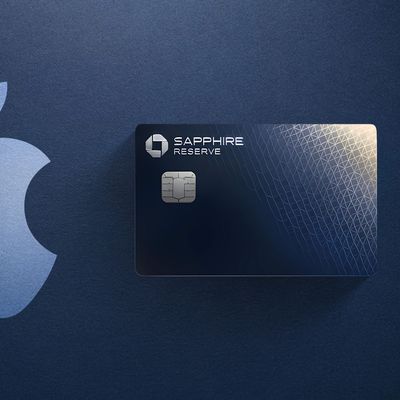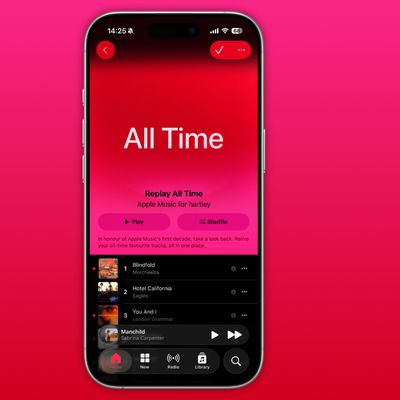Prices of Thunderbolt Cables Likely to Drop in 2013
One of the main criticisms of the new Thunderbolt connectivity standard embraced by Apple has been its cost, which adds a considerable premium to the prices of compatible peripherals. Even Thunderbolt cables are expensive, with Apple's 2-meter cable priced at $49, a price on par with offerings from the few other companies selling Thunderbolt cables so far.
In a report published earlier this week, Ars Technica took a look at why the cables are so expensive and investigated some of the upcoming advances that could help bring prices down beginning late this year or early next year.
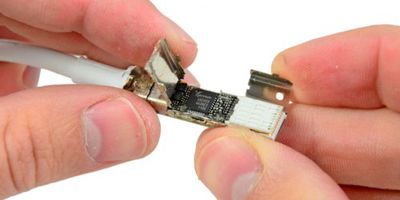 Inside an Apple Thunderbolt Cable connector (Source: iFixit)
Inside an Apple Thunderbolt Cable connector (Source: iFixit)As
revealed in iFixit's teardown last year, Apple's Thunderbolt cable is expensive because it contains a significant number of chips and other circuitry, starting with the transceiver as noted by
Ars Technica:
The chip is built using silicon germanium, "an expensive semiconductor process typically used for telecom applications," [Intersil marketing manager John] Mitchell told Ars. [...]
In addition to the transceiver, the current reference design also requires a separate microcontroller, as well as power management and voltage regulation chips to deliver the 3V data signals and 15V optional power supply for bus-powered devices. Essentially, there are four integrated circuits (IC) at either end of a Thunderbolt cable.
But Intersil appears set to simplify the design for Thunderbolt circuitry later this year with its own products that will reduce the number of chips and allow for cheaper cable to be used.
What Intersil calls an "Active Cable IC Solution for Thunderbolt Technology" appears to be the only complete turnkey solution we could find among manufacturers selling ICs for Thunderbolt. It combines the microcontroller and transceiver into a single signal processing chip, and combines power management and voltage regulators into a single power management chip. This cuts the number of required ICs from four to two.
With the new chips being manufactured using a 40-nanometer process, yield and cost efficiency are improved and heat generation is decreased, leading to further cost savings on the cable design. Combined with other improvements, Intersil's solution will bring substantial improvements in component costs, size, and power usage, which together should yield significant cost savings for consumers.
Popular Stories
Apple's next-generation iPhone 17 Pro and iPhone 17 Pro Max are less than three months away, and there are plenty of rumors about the devices.
Apple is expected to launch the iPhone 17, iPhone 17 Air, iPhone 17 Pro, and iPhone 17 Pro Max in September this year.
Below, we recap key changes rumored for the iPhone 17 Pro models:Aluminum frame: iPhone 17 Pro models are rumored to have an...
Apple is developing a MacBook with the A18 Pro chip, according to findings in backend code uncovered by MacRumors.
Earlier today, Apple analyst Ming-Chi Kuo reported that Apple is planning to launch a low-cost MacBook powered by an iPhone chip. The machine is expected to feature a 13-inch display, the A18 Pro chip, and color options that include silver, blue, pink, and yellow.
MacRumors...
In 2020, Apple added a digital car key feature to its Wallet app, allowing users to lock, unlock, and start a compatible vehicle with an iPhone or Apple Watch. The feature is currently offered by select automakers, including Audi, BMW, Hyundai, Kia, Genesis, Mercedes-Benz, Volvo, and a handful of others, and it is set to expand further.
During its WWDC 2025 keynote, Apple said that 13...
Apple hasn't updated the AirPods Pro since 2022, and the earbuds are due for a refresh. We're counting on a new model this year, and we've seen several hints of new AirPods tucked away in Apple's code. Rumors suggest that Apple has some exciting new features planned that will make it worthwhile to upgrade to the latest model.
Subscribe to the MacRumors YouTube channel for more videos.
Heal...
Apple is planning to launch a low-cost MacBook powered by an iPhone chip, according to Apple analyst Ming-Chi Kuo.
In an article published on X, Kuo explained that the device will feature a 13-inch display and the A18 Pro chip, making it the first Mac powered by an iPhone chip. The A18 Pro chip debuted in the iPhone 16 Pro last year. To date, all Apple silicon Macs have contained M-series...
Popular accessory maker Anker this month launched two separate recalls for its power banks, some of which may be a fire risk.
The first recall affects Anker PowerCore 10000 Power Banks sold between June 1, 2016 and December 31, 2022 in the United States. Anker says that these power banks have a "potential issue" with the battery inside, which can lead to overheating, melting of plastic...
Chase this week announced a series of new perks for its premium Sapphire Reserve credit card, and one of them is for a pair of Apple services.
Specifically, the credit card now offers complimentary annual subscriptions to Apple TV+ and Apple Music, a value of up to $250 per year.
If you are already paying for Apple TV+ and/or Apple Music directly through Apple, those subscriptions will...
As part of its 10-year celebrations of Apple Music, Apple today released an all-new personalized playlist that collates your entire listening history.
The playlist, called "Replay All Time," expands on Apple Music's existing Replay features. Previously, users could only see their top songs for each individual calendar year that they've been subscribed to Apple Music, but now, Replay All...




